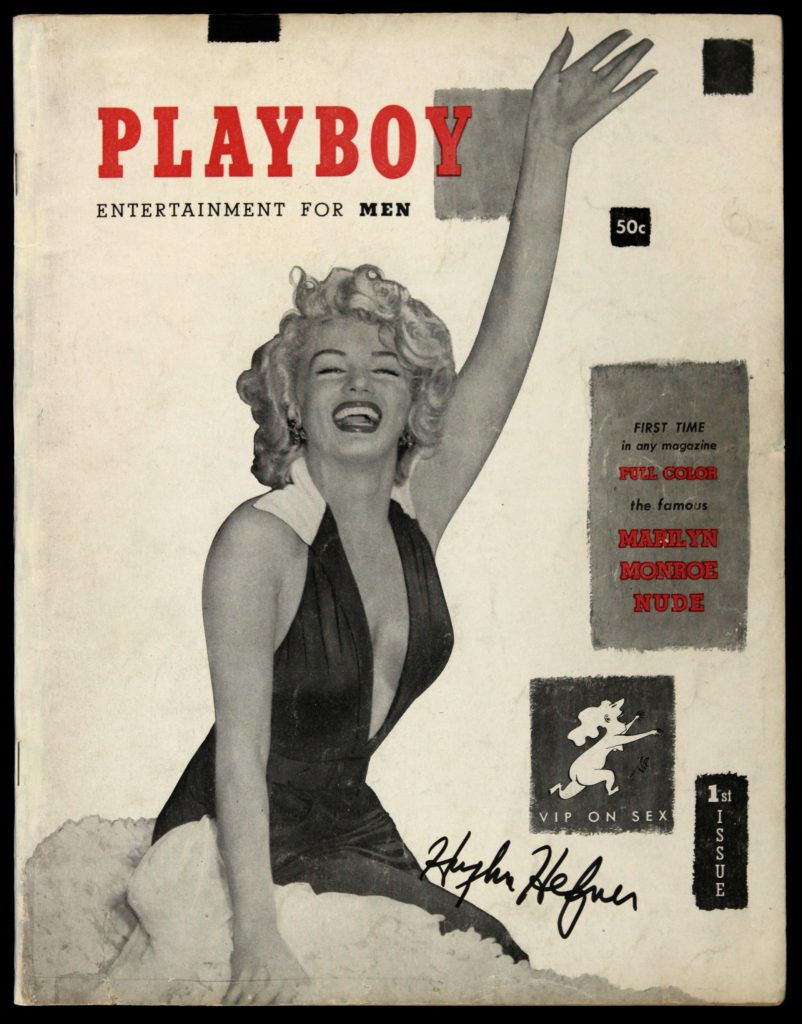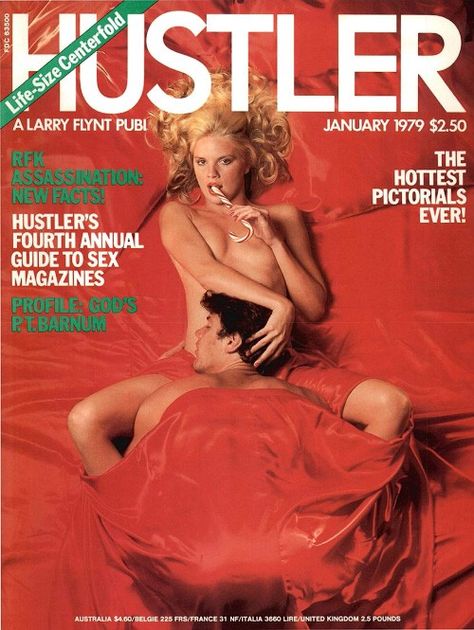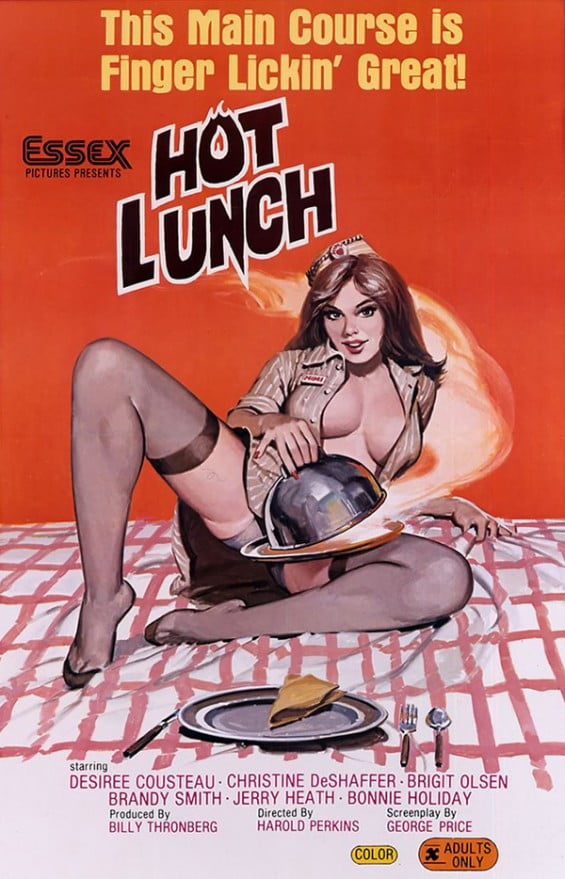Originally posted 2018-01-23 10:47:05.
Pornography has always exercised the Puritanical, anti-freedom elements of society. Pornography and prostitution are of course, intimately related to each other; pornography is defined as ‘images depicting the activities of prostitutes’, after all. So we should not be surprised to see that, as the current attempts to restrict pornography gain ground, this is happening alongside an attempt to ban all forms of sex work and now, freedom of speech and even freedom itself.
The campaign against individual prostitution has so far been a mixed success. Sweden, once a bastion of sexual freedom, has become an emasculated, collectivist state run by women and incapable of protecting them; its collapse is becoming increasingly certain. Norway is close behind. Unsurprisingly, these have capitulated to the abolitionists. France has tightened its laws, but this has not impacted the sex market greatly. Elsewhere, legislators have more pressing problems to deal with than the abolitionist attempt to control other people’s lives.
In any case the fact is that there are so many ways to sell sex that it is easy, for all but the poorest and most vulnerable sex workers, to find ways to do so that do not fall foul of the law. This means, of course, that those most damaged by anti-prostitution legislation are those poorest and most desperate of sex workers, who have their livelihoods taken from them under the bogus headline of ‘protecting women’. Starvation is not much of a protection, nor is being forced to work in the darkest of alleys where one cannot be observed by the agents of the State.
It is hard, today, to recognise that only sixty years ago, a book like ‘The Warm Pink Jelly Express Train’, with its graphic descriptions of anal sex and transgender prostitution, would have landed its publisher (and me) in prison for ‘obscenity.’ How did we come to so completely turn round, why have the abolitionists been so thoroughly wrong-footed and why should we celebrate this?
Breakthrough in Pornography: Roth vs. US
The greatest single breakthrough in the repealing of anti-Pornography legislation was in the landmark case of Roth vs. US in 1957. In this, Samuel Roth, ‘America’s King of Smut’ appealed a conviction for distributing ‘obscene material’. The basis of the appeal was that pornography was free speech and so was protected under the US’ First Amendment.
While his appeal failed, the challenge forced the Supreme Court to actually define why Roth was being prosecuted — ‘obscenity’. But what is obscenity? The judgement, delivered by Justice Brennan, attempted to define it but failed. The result was to open the floodgates.
It stated “All ideas having even the slightest redeeming social importance — unorthodox ideas, controversial ideas, even ideas hateful to the prevailing climate of opinion — have the full protection of the guaranties (afforded under the First).” But obscenity, the Court said, fell outside this broad spectrum of protection as it was “utterly without redeeming social importance.”
Define ‘obscenity’
Having reached this conclusion, the Court tried for the first time to define obscenity. It began by insisting that “sex and obscenity are not synonymous.” Artistic and scientific treatments of sex were not obscene, but if some material “deals with sex in a manner appealing to prurient interest” then it could be classified as such. (source)

The SCOTUS ruling held that material could be held to be ‘obscene’ if ‘to the average person, applying contemporary community standards, the dominant theme of the material, taken as a whole, appeals to prurient interest.’ Well, who is the ‘average person’? Average New York intellectual or average Bible-Belt farmer? How can such a standard be legally interpreted, never mind enforced?
Further, the ruling created a distinction of merit, since works of art and of science could not be held to be obscene. While science — eg anatomical textbooks — was easy to deal with, the use of the word ‘art’ means that a judgement must be made as to which literature or images qualify as ‘art’ and which do not.
It should be clear that this, far from being a definitive standard, is so subjective as to be practically useless.
‘In Roth, the Court tried to strike a balance between material that contained explicit sex but had redeeming literary or social merit and material that was simply pornographic.’ (source)

By introducing the concept of ‘artistic merit’, Roth vs. USA blew open the floodgates, because it required, and failed to provide, a practical, universal definition of what ‘artistic merit’ is, in a way that is not simply a statement of contemporary whim.
This loophole was not at all new, but Roth vs. US crystallised it. Edward Weston, one of the most influential US photographers of the 20th century, had always claimed that his work was art and this voided its ‘obscenity.’ His wife, Charis Wilson, in her biography of Weston describes using a magnifier and a scalpel to ‘touch out’ any trace of stray pubic hairs that might have caused the photographs to fall foul of the US Postal Service. Weston was but one of many who did the same.
Pornography in Art galleries
Indeed, if the contents of art galleries across the West had been photographs published in magazines, most would have landed the publishers in jail. The ‘artistic merit’ case was simply void on so many fronts that it was unworkable. In the USA in particular, photography, and later film-making, were struggling not only to become recognised as legitimate arts but as defining ones. But they could not be so if they were subjected to different standards from painting.

Reproduction
Most photography is reproduced. It’s rare that we see originals. The vehicle for photography was then the printed media and now, the digital ones. But consideration of the final presentation is as much a part of the artistic process as it is for painting and sculpture. Glossy magazines became the art galleries of the 20th century; so if it were all right to hang a Bronzino in an art gallery — and by 1950 even the most prudish of Anglo-Saxon cultures had stopped painting fig leaves on Old Masters — then how could it be ‘obscene’ to depict a naked woman in a magazine?
By introducing the ‘merit’ argument, SCOTUS rendered ‘obscenity’ prosecutions at best unpredictable.

The immediate result
The immediate result was the publications of myriad books by authors whose names, and whose contribution to literature, are renowned, today, throughout the Anglophone world. Writers like James Joyce, DH Lawrence, Vladimir Nabokov, Henry Miller, Anais Nin and many more, whose works had previously been banned as ‘obscene’ because they discussed sex openly, were now argued, initially case by case, to pass the standard of merit. And so they did.
But it was not within the pages of anodyne type that the real revolution took place; it was between and on the covers of glossy magazines.

A savvy young publisher, Hugh Hefner, had realised that there was a market for images of women in high-quality magazines for men. In 1953 he had launched Playboy, which steered away from anything too risqué and instead featured tasteful images of beautiful women –‘girls next door’.
We could argue that ‘the rest is history’ but this would be an oversimplification. For while artfully posed images of undraped models, carefully disposed such that no actual sexual organs — and, initially, not even nipples — were visible, were the goods Playboy and its rival Penthouse traded in, this is not what we today might call ‘pornography’. Porn is not just about human bodies, it’s about human bodies fucking.
Larry Flynt

Enter one of the most important champions of free speech of the 20th century, a man whose achievements were consistently denigrated, although so many of us profit from them: the late Larry Flynt.
Flynt knew exactly what game Hefner and Guccione, Penthouse’s publisher, were playing. He knew they were classic urban liberals, who would as often as not be found at swanky Private Views, their arms folded, sucking one leg of their glasses elegantly as they discussed the chiaroscuro of this or that depiction of voluptuous femininity. Flynt knew what these men were — smooth-talking lounge-lizards up to their necks in hypocrisy. He knew men didn’t buy their magazines to ‘read the articles’ — although both magazines maintained a high standard of journalism, publishing some of the best and most provocative writers of their times. Flynt knew what men wanted — pictures of naked female flesh that could fuel masturbatory fantasy. Wanking material, in other words.

Well, if this sort of publishing was about masturbation, surely it should at least show the cunt-lips? Over the course of decades, Flynt’s publication, Hustler, pushed the boundary — cunt-lips for sure, and then actual sex, then inter-racial sex, even pre-op trans sex… there was no prurience that Flynt would not explore and exploit and time and again he went to court — and time and again he won.
Pornography in Films

Pornographic films were rare in the 60s and 70s but by the 80s the market exploded. Why? Because of home Video Cassette recorders (VCRs). These became available in the late 70s and a few years later they were everywhere. No longer did the pornography aficionado need a clackety super-8 film projector, now he could consume porn in all its glory, with a decent soundtrack, on his personal VCR. And when DVDs came along, it got even better. Flynt was one of many to capitalise on this and by now, there were no holds — or holes — barred.
The industry behind this, at least in the US, used the same Roth vs. US argument, which is, ‘Who are you to say this is not art’?
Twenty years ago, the World Wide Web was slow and inefficient and unsuited to the transmission of large images, let alone videos; but as we all know, that was soon to change and, to put the cherry on the top, the smartphone arrived. Now one could enjoy one’s flesh fiestas anywhere, alone or with others. No need for a computer or even an internet connection, your pornography was always there, in your pocket.
An Amusing History
This would all be an amusing history if it only described the perils, for governments, of trying to stand in the way of technology. Yet it is much more than that, for sex remains a crucial battleground.

The argument for pornography is so obvious it should hardly be necessary to rehearse it but still. We all have the right to do as we will with our own bodies. Therefore, we all have the right to choose to have sex. If we receive money for having sex, this does not mitigate our right to sell it.
So this is a thing that people have a right to do. If we have a right to choose to have sex, we also have a right to choose to be filmed having sex and it follows, to receive money for doing so.
Relentless attacks
The reason that the pornography industry has managed to avoid being closed down by the relentless attacks of an unholy alliance of feminists and religious fundamentalists, is money. The industry generates an estimated $97 billion dollars annually globally, with around ten percent of that from the USA. This contrasts directly with prostitution, where the prohibition lobby has been markedly more successful. While there is certainly a larger global economy in prostitution than in pornography, individual prostitutes don’t have the resources to fight the abolitionists and prostitution is hardly a team sport.
Porn has morphed

Pornography itself has morphed. While many in the prohibition brigade have jumped for joy at news that the global value of the conventional porn video market has declined, they either forget or would rather ignore that the sex-chat market has boomed. In this, Sex Workers perform ‘shows’ for either individual clients or groups, for a fee.
‘All you need is a fast internet connection, a bed and a camera. We dress the sets up and wear glamorous underwear, but that’s just marketing. The job is the same.’
Most of these are delivered through sex-chat sites like Chaturbate and today OnlyFans, which take a percentage of the ‘donations’. Performers work for a fixed fee, for tips, or both and can make substantial amounts of money. I know performers who have bought themselves and their families houses and cars from the proceeds; one even had a three-bedroom studio built into her house, where she worked with two others. ‘All you need,’ she says, ‘Is a fast internet connection, a bed and a camera. We dress the sets up and wear glamorous underwear, but that’s just marketing. The job is the same.’

These arrangements provide considerable security, since the workers are in unknown locations potentially thousands of miles from the clients. They can terminate a performance at any time, or block any user. There is no risk at all of transmission of STDs or of physical violence and customers pre-pay for ‘credits’, which they spend as they wish, so no risk of non-payment. This severely limits the abolitionists’ ability to use ‘worker safety’ — largely a bogus concept since it is prohibition that makes sex work dangerous in the first place — as a PR tool to encourage legal abolition.
For the clients, the individual sex-chat shows provide anonymity and complete protection against law enforcement, especially as the site being used might be in another country and the worker in a third. Even if performers can be identified and prosecuted, this victimises the worker, something the prohibitionist lobby is keen to avoid being seen to do, because it desires to appear to be helping sex workers, not persecuting them (which is the actual result.) This business model is essentially impossible to prohibit or to police.
It seems most unlikely, given the scale of the industry, its global reach, and the enthusiasm of the performers themselves, that abolitionists will succeed in their aims any time soon. For this, whether we use the product or not, we should all be grateful. It may seem a small freedom, but for both men and women it is an important one.
See the other articles in this series below
 Pot
Pot





 Prostitution
Prostitution